Uganda (Day 5): Hiking Bwindi Impenetrable National Forest
- That's How We Travel

- Sep 3, 2022
- 5 min read
Updated: Apr 22, 2025
Summary: In our last full day in Uganda, we hiked deep into Bwindi Impenetrable National Forest. This beautiful 8-mile hike took us into the thick vegetation of this well-maintained Park, where we saw monkeys, birds, and some of the it's 160 species of trees. We hiked with our two armed guards, our guide, and a porter. The armed guards are necessary for the wildlife and the close proximity to the DRC border. Don't let that deter you, we felt safe during our entire visit in Uganda. Also, while a porter wasn't necessary, we still recommend using one because doing so helps support the local economy.

About Bwindi Impenetrable National Park. Our safari company, Nkuringo Safari, owns a lodge next to one of four entrance gates to Bwindi Impenetrable Forest (Nkuringo gate). This UNESCO World Heritage Site is located in southern Uganda. The Park's 124 square miles is the home of 160 species of trees and 347 species of birds, in addition to the famous mountain Gorillas. Read about our once-in-a-lifetime Gorilla trekking experience here.
Our plans for the day were to hike an approximately 8-10 mile loop into the dense forest of the Park. Our first stop was back at the Nkuringo gate to meet up with our hiking guide and our two armed guards with AK-47's. The guards are primarily necessary because of the wild elephants that live in the Park. A gunshot in the sky will deter them, or so we were told. We also understood from our experience at the neighboring Mgahinga National Park, that civil war in the Democratic Republic of Congo, was just a stone-throw from our location. While we felt safe the entire time in Uganda, it was nice to have the added protection.
At the Park's gate, we snapped a shot of their tribute to Rafiki, the silverback that was sadly slain during the COVID pandemic. Rafiki's death hit the locals and Park staff especially hard. At 25 years old, he had been an important part of Uganda's conservation effort for years.

The Hike. The Park entrance begins high above the forest, where local farmers grow crops of bananas, onions, maize, pumpkins, kale, and others foods, on seemingly impossibly steep slopes.
Next, we headed through the buffer zone. Starting in 2005, the Uganda government sponsored the creation of a buffer zone between the National Park and the local community. The purpose was to minimize interactions between the wildlife and the local communities. In particular, it was meant to protect the Mountain Gorilla from human interaction because much of the crops grown within the community are also attractive to Gorillas. The buffer zone, however, is planted with tea leaves, a less palatable and more effective Gorilla deterrent.
After the buffer zone, the primary forest begins with vegetation growing thick and "impenetrable," as the name suggests. There are, however, well-maintained trails so all that is really needed are good hiking shoes, long pants, and a walking stick. We used gators as well, which proved helpful the day before when we were Gorilla trekking (funny how the Gorillas didn't stay on the trail!).
A few spots on the trail required creek crossings. Two had bridges, while the third had a log as a crossing. The video below shows our very slow and careful effort to cross. There was something about being in remote Uganda that made us be especially cautious (let's avoid using that airlift insurance, alright?)
Here's another creek crossing.
Stop for lunch. Our porter kindly carried our packed lunches and we settled for a nice spot along the creel. Our lodging packed enough for us, our guide, our porter, and our two armed guards, so we passed the food around.
Ants. Two words about the biting ants in Bwindi - watch out! You can typically avoid them by watching your step. Most run together, like those in the video below. If you're not paying attention you'll quickly become acquainted. The ants bite, and then bite some more, and then bite some more after that. The only way to make it stop is to remove them from your body. Our guide and porter were both quite patient, even helping pull pant legs up and personally removing them. It didn't take too many times of this to basically never forget to watch our step.
Hike back. As we headed back up the mountain-side and into community area again, we came across two workers that were making lumber by hand. The lumber is then sold to a "middle-man," before being sold to building contractors and others buying them at retail.
We stayed for a bit to watch this incredibly difficult work.
Another Great Hike in the Books. With the elevation gain, this hike isn't necessarily for beginners but it is accessible to most relatively fit hikers. The bridge crossing took a little agility but for the most part, this was not a high-skilled hike. It's hard to imagine experiencing this Park in any other way. Driving on the roads, even if the word "road" is used loosely here, doesn't really capture the dense-nature of the forest. If you are bird-watcher, it would seem to be an especially great experience. We know nothing of the various species but were nevertheless impressed by the sights and sounds of this heavily populated forest.
A Note Tipping in Uganda. Uganda is a tipping culture, much like the US but perhaps more. You should tip your driver daily, your hiking/activity guide, your hiking guardsmen, your housekeeper, and your wait staff. If you are entertained by locals, we also suggest tipping the performers. The amount you tip is of course up to you but we found ourselves being especially generous. Every person we have encountered have been remarkably helpful and always so pleasant and kind. Viewing the impoverished towns is also a reminder that tipping, whatever the amount, goes a long way here.
About Nkuringo Safaris. Our stay in Uganda was booked, door to door, with Nkuringo Safaris. We chose a "walking safari," which focused on seeing Uganda on foot, though we were also given the traditional driver and safari Land Rover vehicle throughout our stay. We absolutely loved this company and HIGHLY recommend using it for your stay in Uganda. Everything was top notch, from booking through post-travel communications (even shipping our souvenirs for us!). Our driver, Emma, was the best and our guide, Richard, was great with us well. Our accommodations were incredible (especially in Bwindi), and at every step of the way, we felt safe. This is not an inexpensive experience but we really felt we got our money's worth. Nkuringo also has a responsible travel policy which is clearly followed, i.e. they're not just words on a website. We would not hesitate to recommend this company to anyone traveling to Uganda.














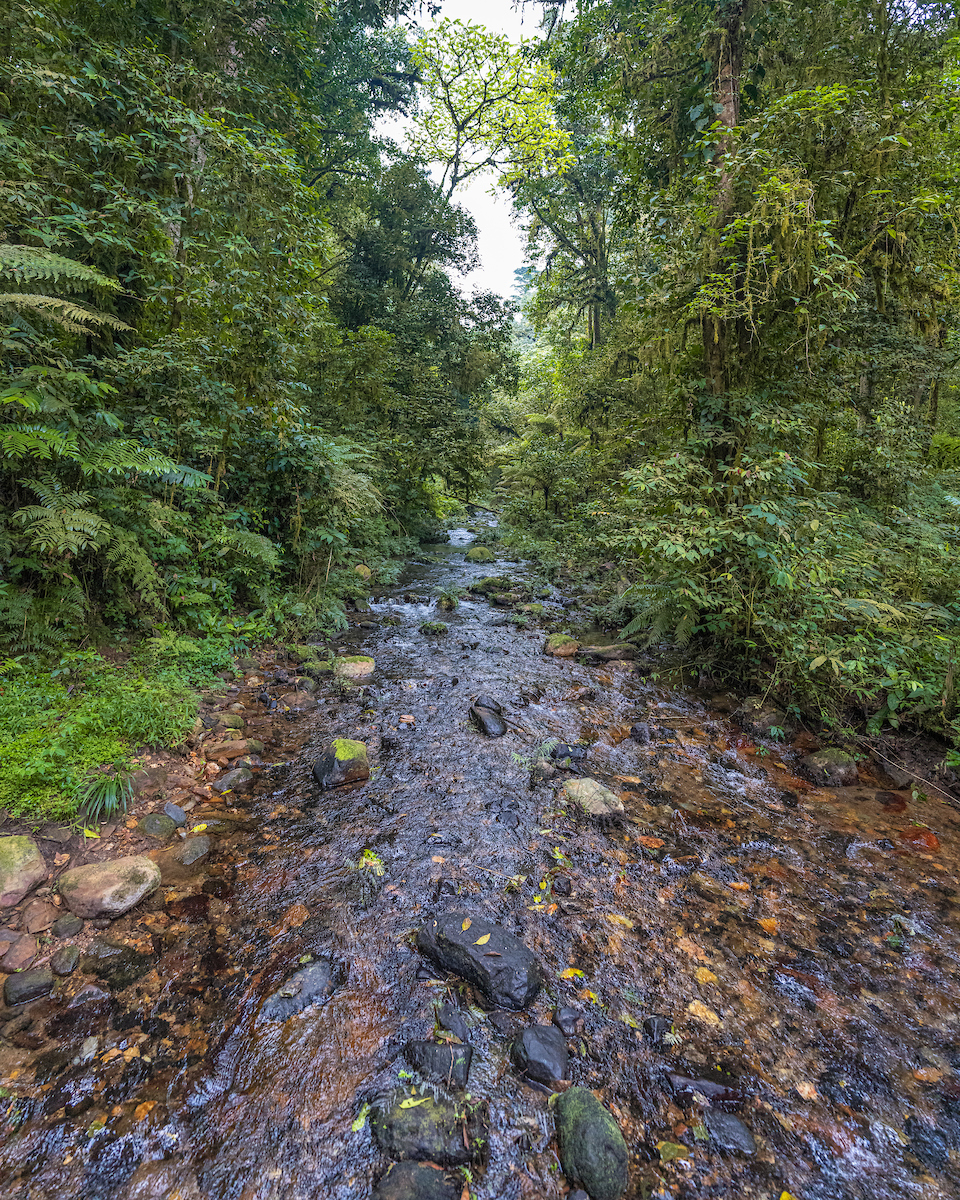



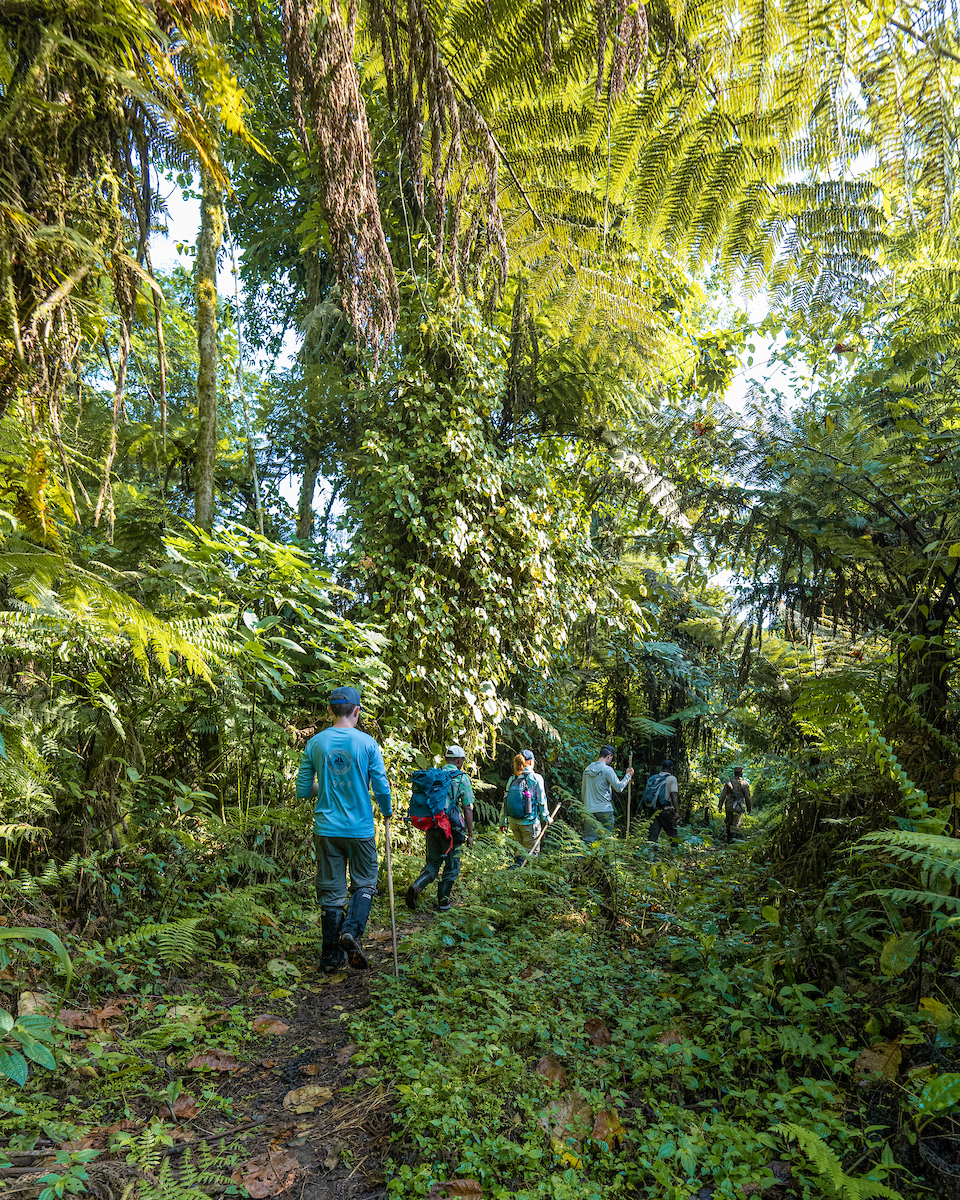

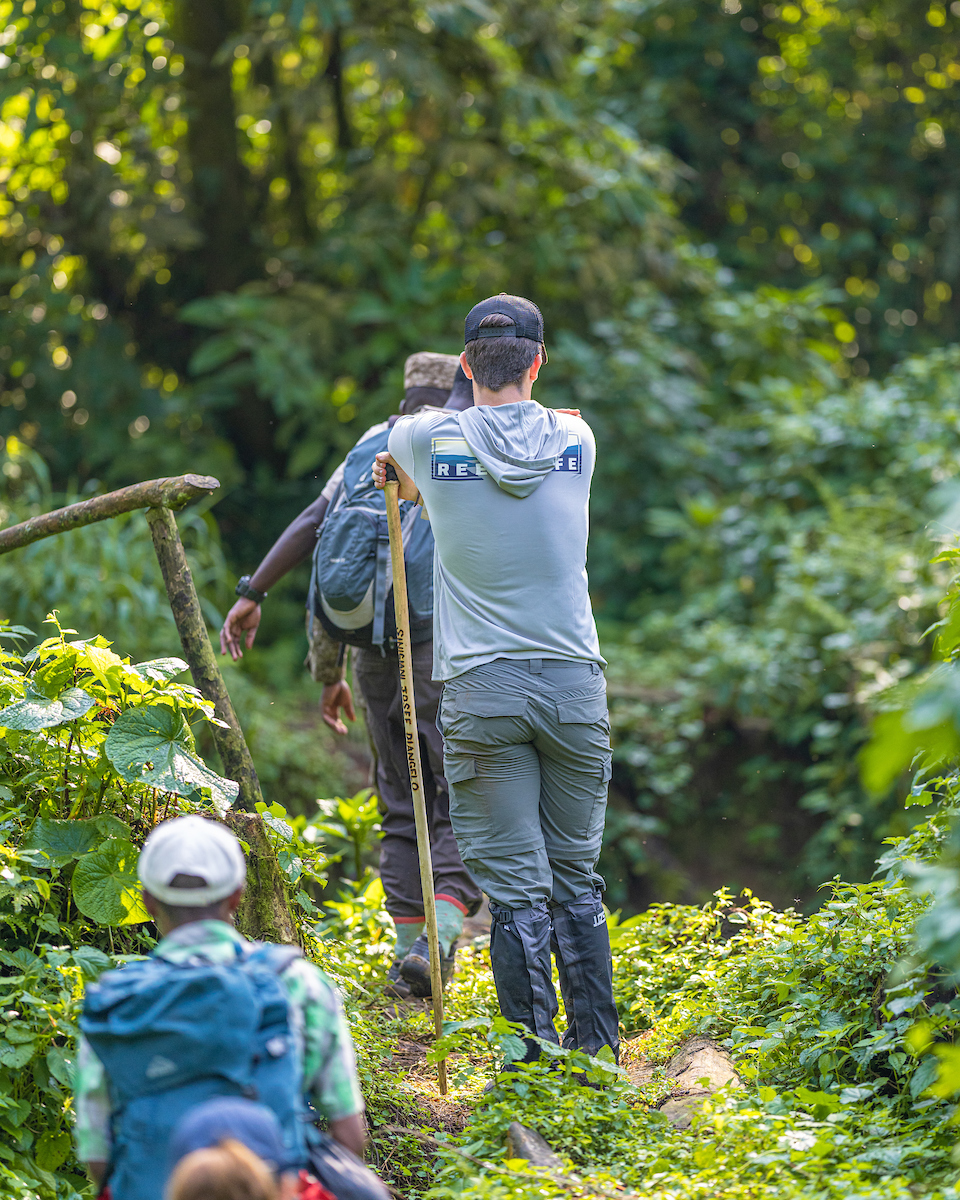

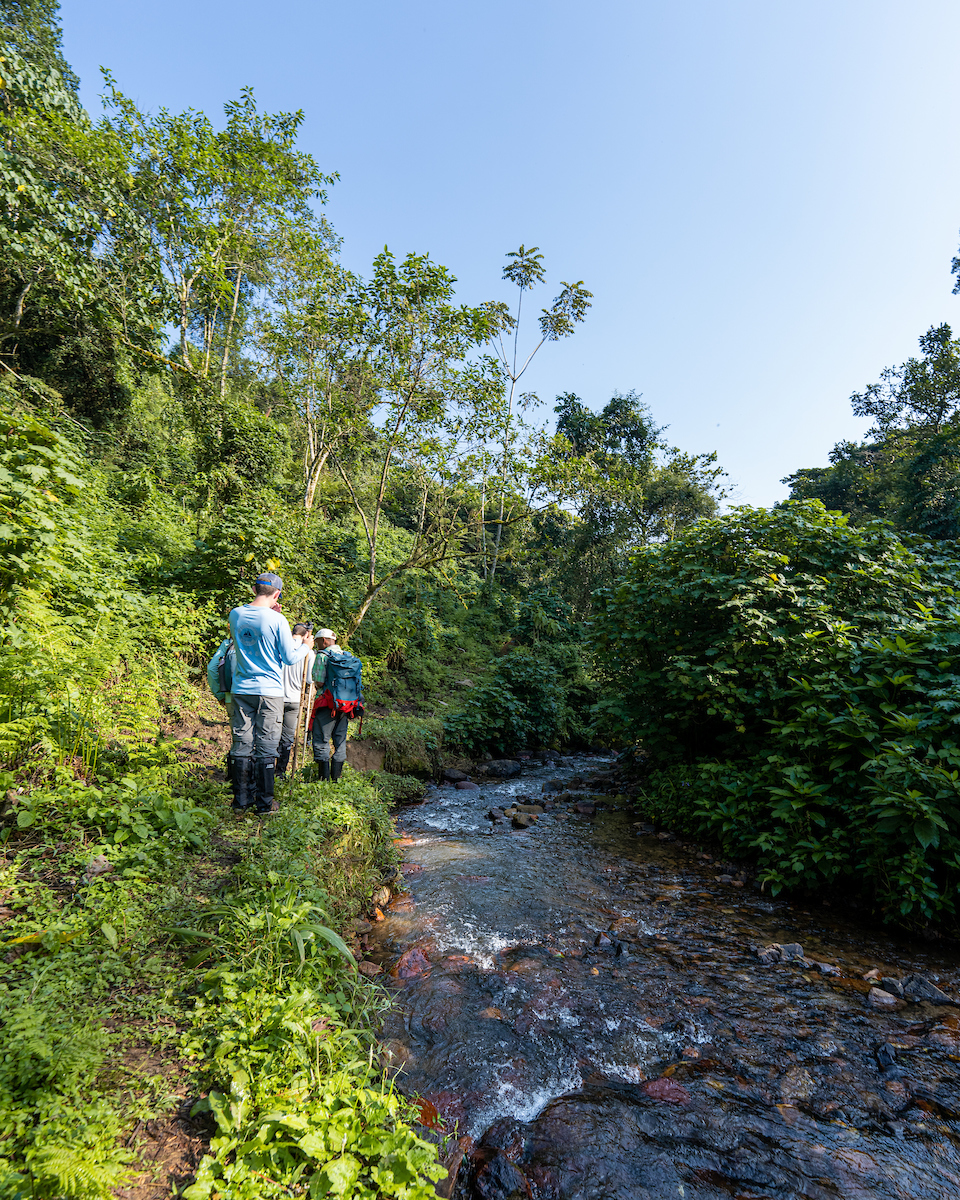



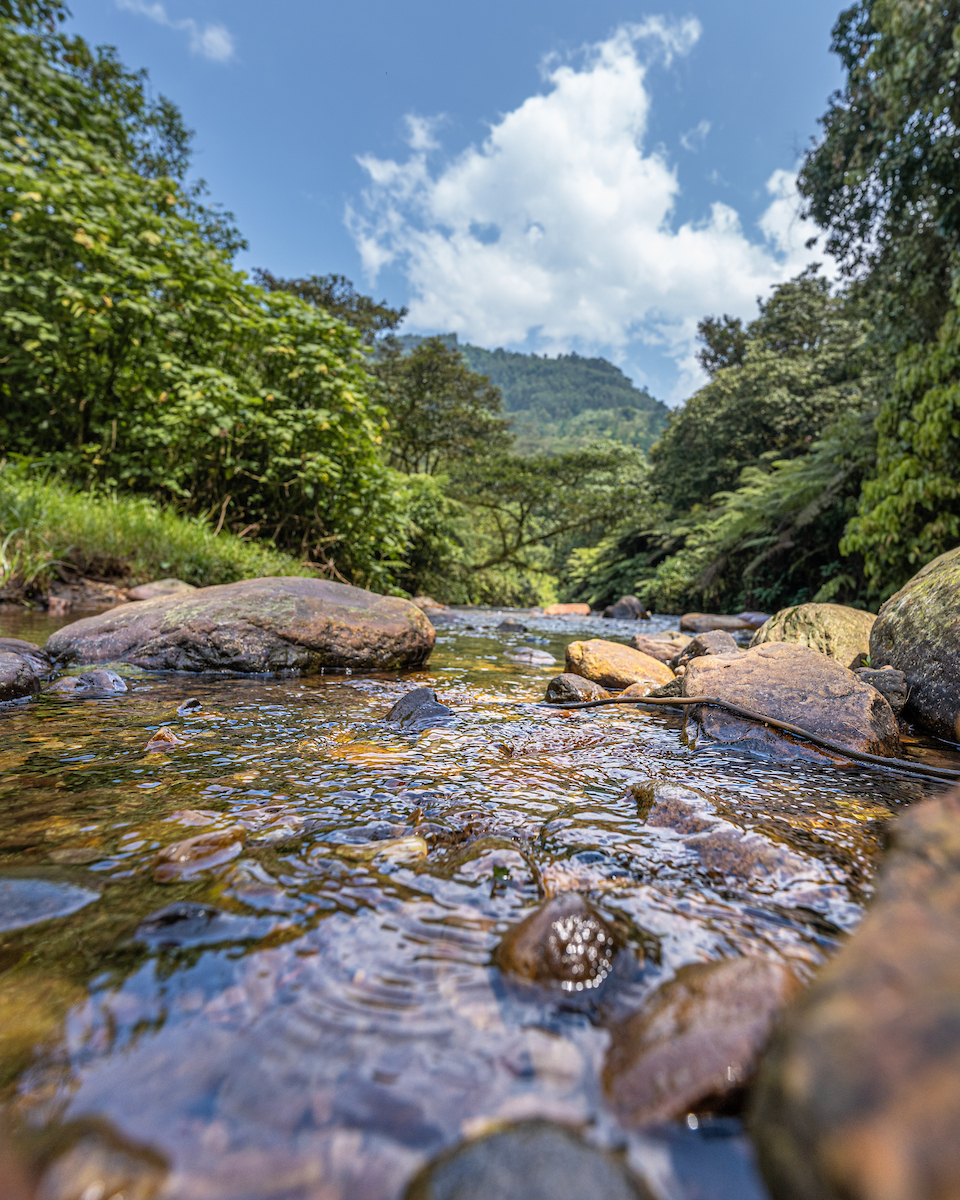



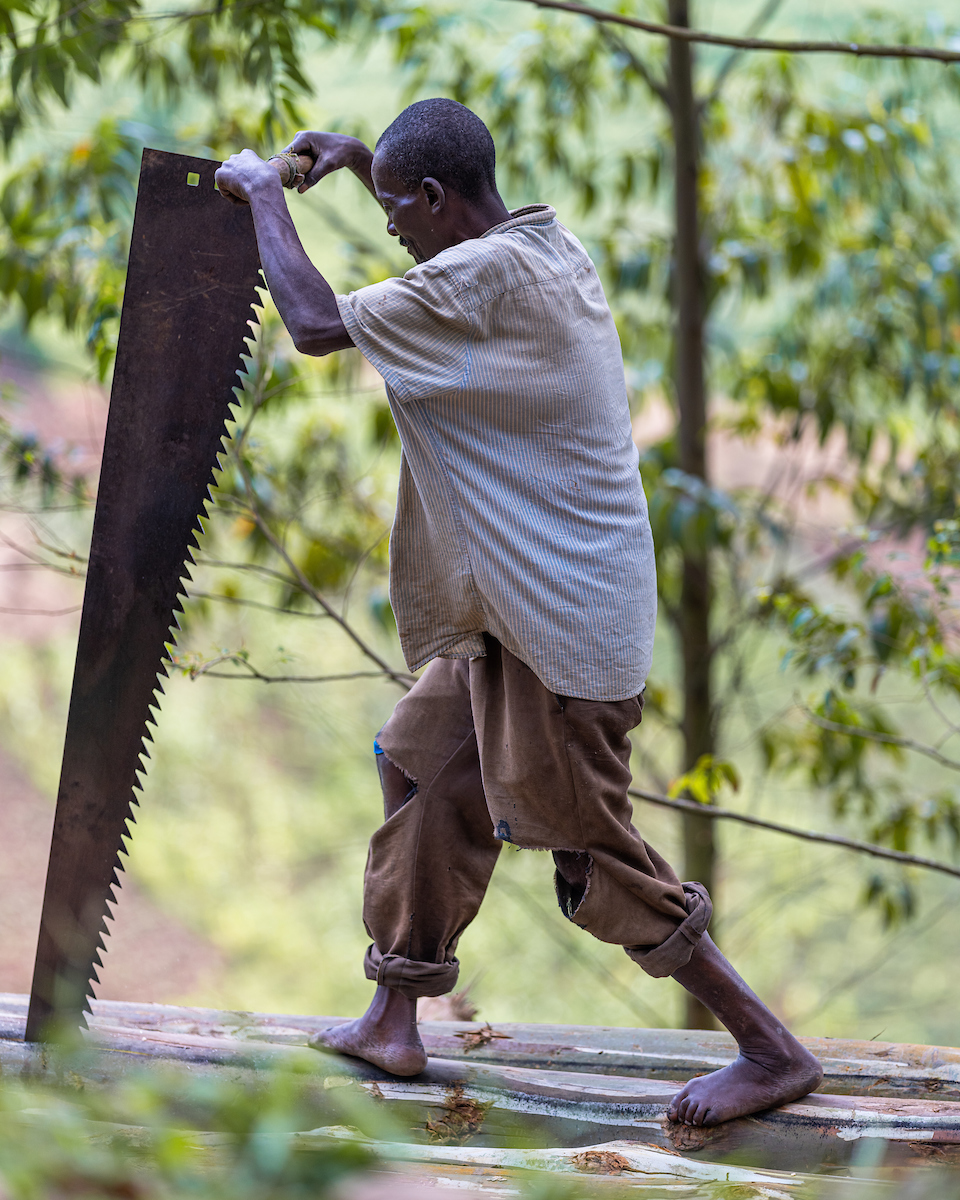

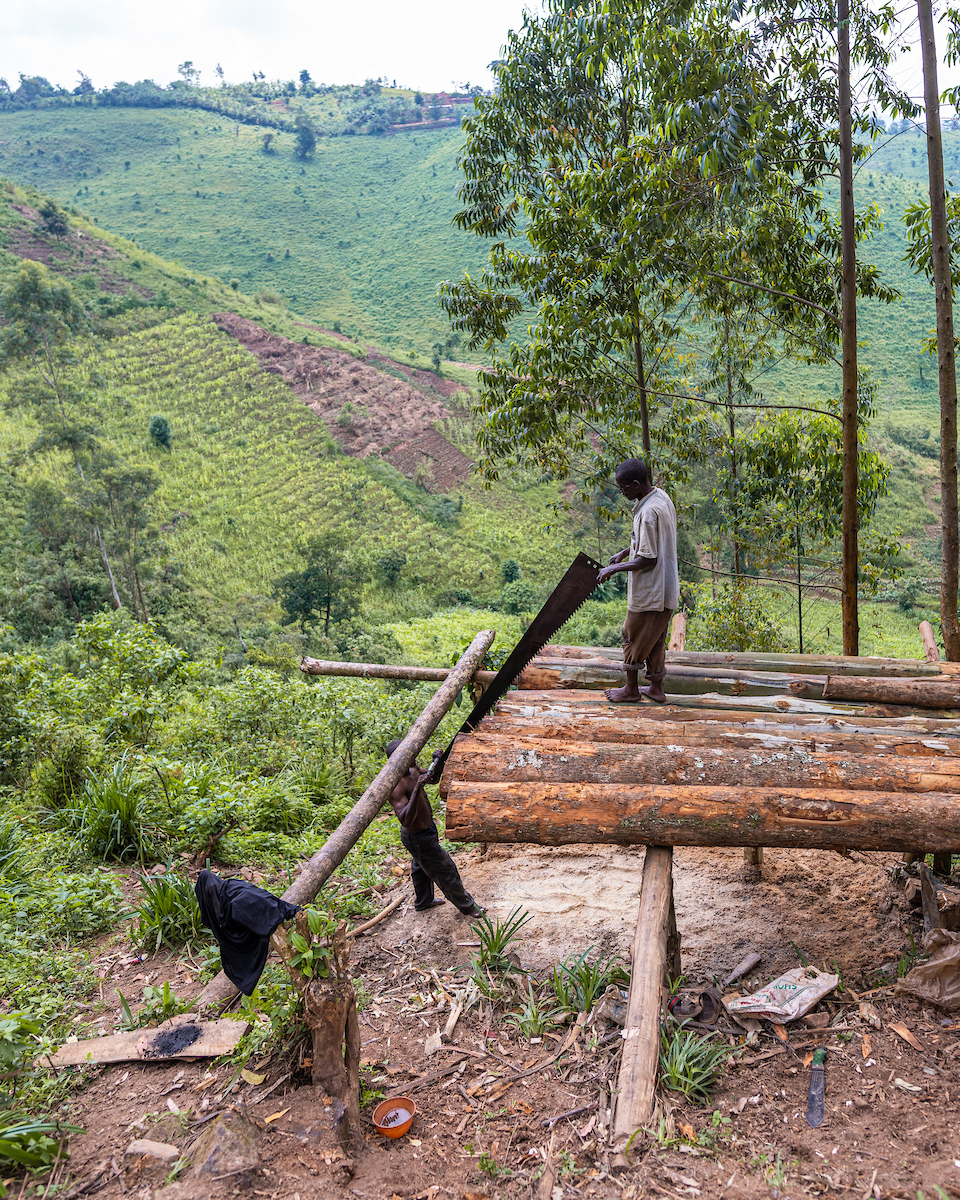



Comments